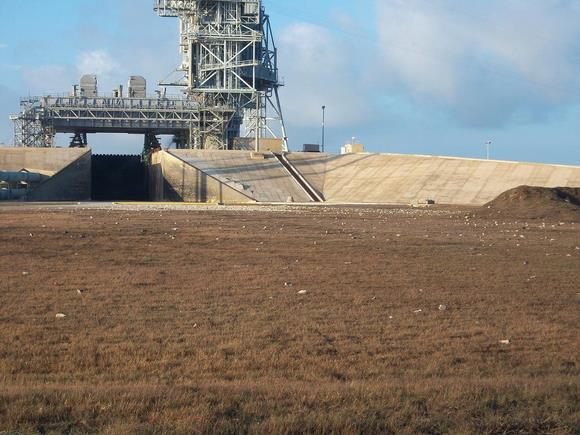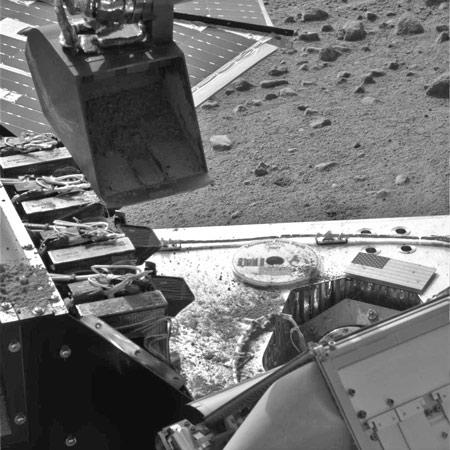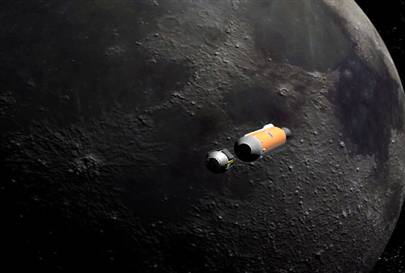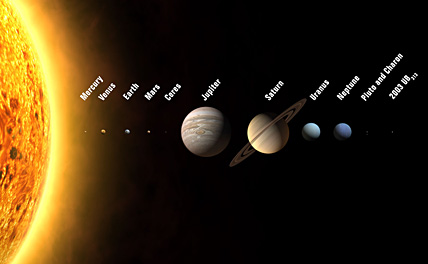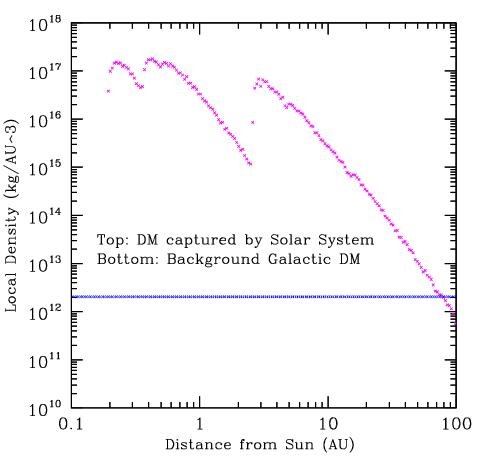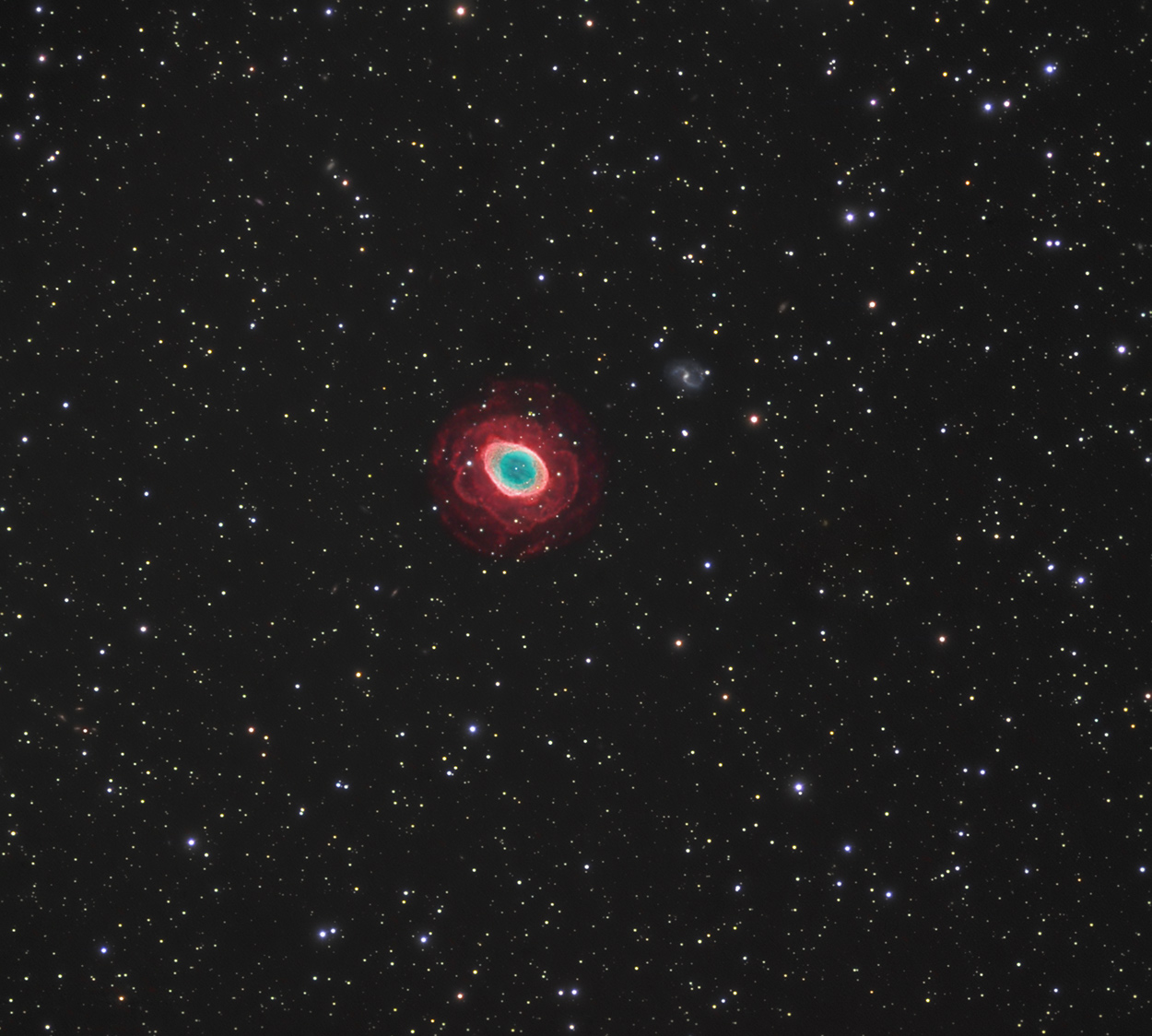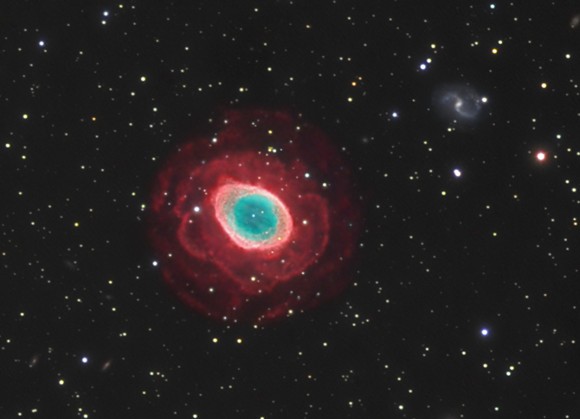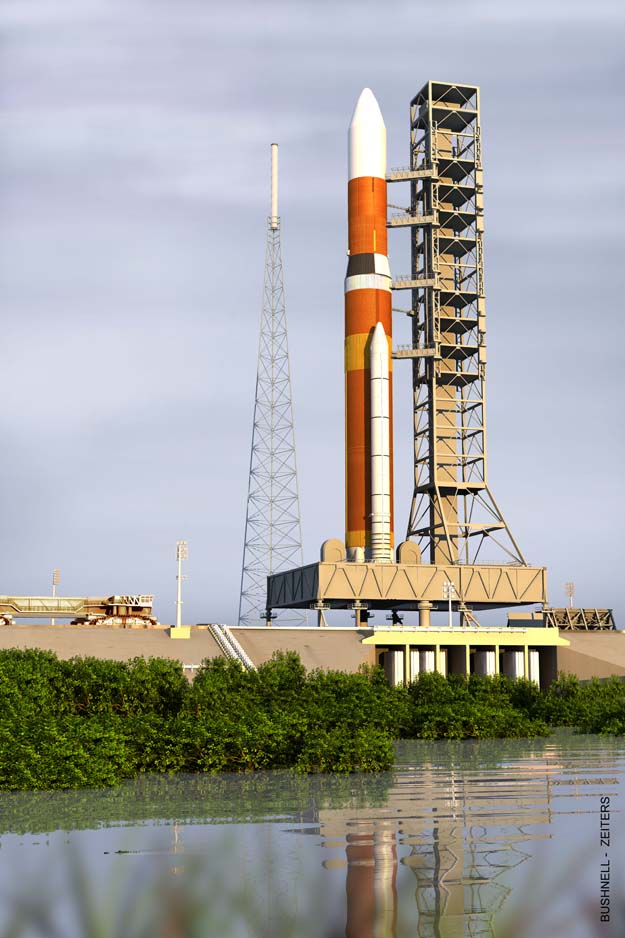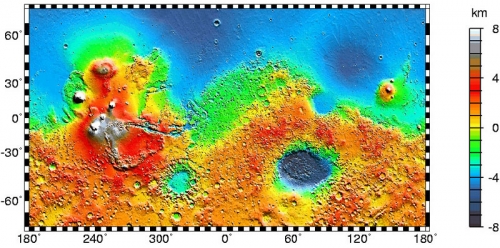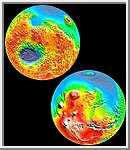Work will begin on Friday to repair damaged sections of Kennedy Space Center’s launch pad 39A that was damaged during the last space shuttle launch on May 31. On Thursday, (June 26) NASA managers approved a plan that would complete the repairs by the third week of August. Therefore the mission schedule shouldn’t be impacted. The next space shuttle flight, the high-profile final mission to repair the Hubble Space Telescope is scheduled to launch on October 8, and if all goes well with the repairs, space shuttle Atlantis would crawl its way out to the pad on August 29. “We really like the plan,” said shuttle Program Manager John Shannon. “We expect to start moving out on it right away.”
During shuttle Discovery’s launch in May more than 3,500 fire-resistant bricks lining the northeast wall of the “flame trench†at pad 39A were blasted away. Radar tracking showed some of the bricks shot out of the trench at about 1,000 feet per second, or about 680 mph. But NASA officials said the incident did not pose a threat to the space shuttle. Computer simulations run by engineers showed that none of the bricks flew up near the pad surface, and therefore couldn’t have hit the shuttle.
“It’s not a flight [safety] issue at all,” said Rita Willcoxon, space shuttle processing manager, during a teleconference on Thursday.
The work is estimated to cost less than $2.7 million.
A detailed inspection found that many of the anchor plates used to secure the interlocking fire bricks to the 3-foot-thick concrete back wall were heavily eroded due to decades of exposure to severe pressures and acidic rocket exhaust. Additionally, epoxy used to help secure the bricks to the wall was degraded or not consistently applied when the pad was built in the mid 1960s. As a result, the outer brick wall was not tightly locked to the underlying concrete wall it was designed to protect.
To fix the trench, a two different sections of the trench wall will be stripped of bricks.. A steel mesh-like structure will be erected over the exposed backwall and then covered in sprayed-on Fondu Fyre, a material used to protect the massive flame deflector directly under the shuttle’s boosters and main engines.
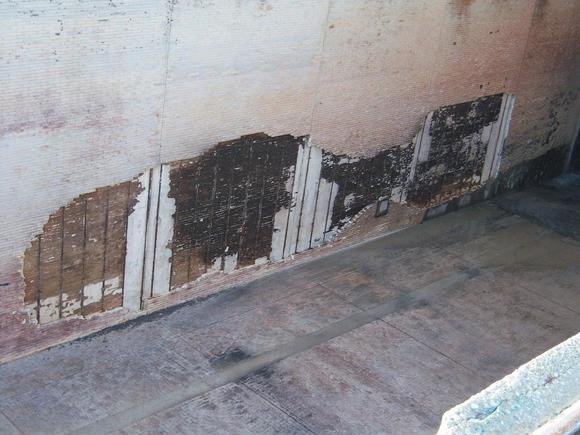
Working two 10-hour shifts per day, the repair team expects to have the brick removed by July 19. After that, the mesh will be erected and the Fondue Fyre applied.
Officials said the repaired flame trench will be inspected after every launch, but is expected to hold up through the end of shuttle operations in 2010.
The other shuttle pad, 39B may have similar deficiencies in its flame trench. But no major repairs are scheduled for that pad, as all 10 remaining shuttle flights are scheduled to use pad 39A. NASA will have a shuttle ready at 39B for a rescue mission should Atlantis suffer major damage during the Hubble flight, since the shuttle couldn’t reach the International Space Station as a safe haven, which is in a different orbit than Hubble.
News Sources: CBS News Space Place, Space.com

